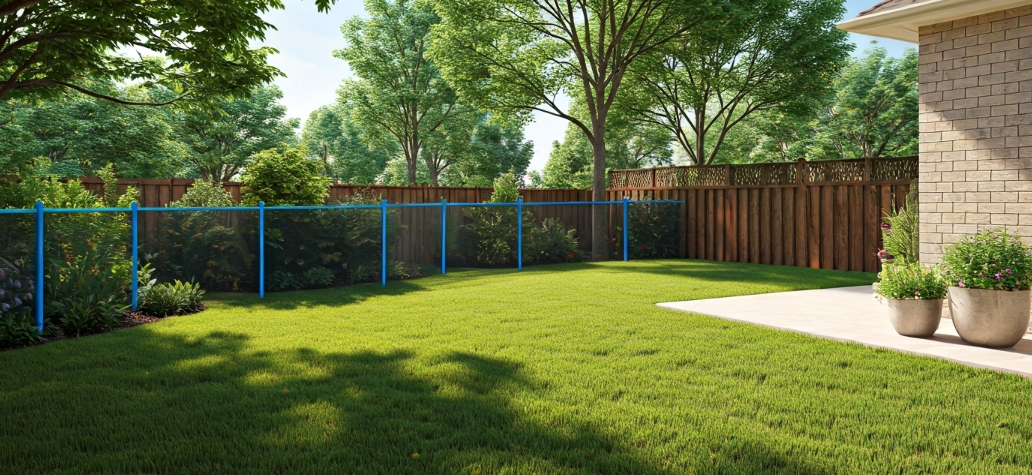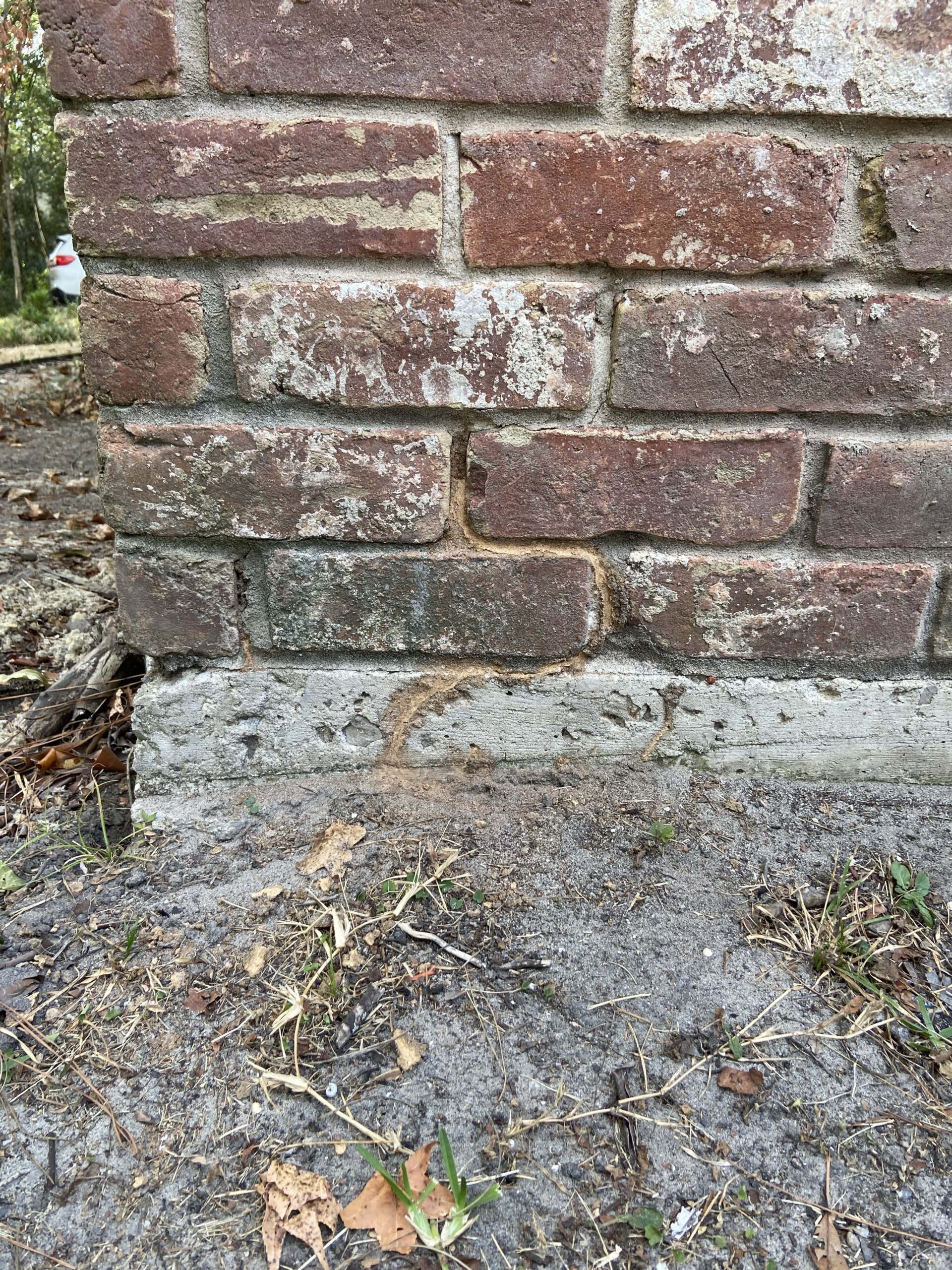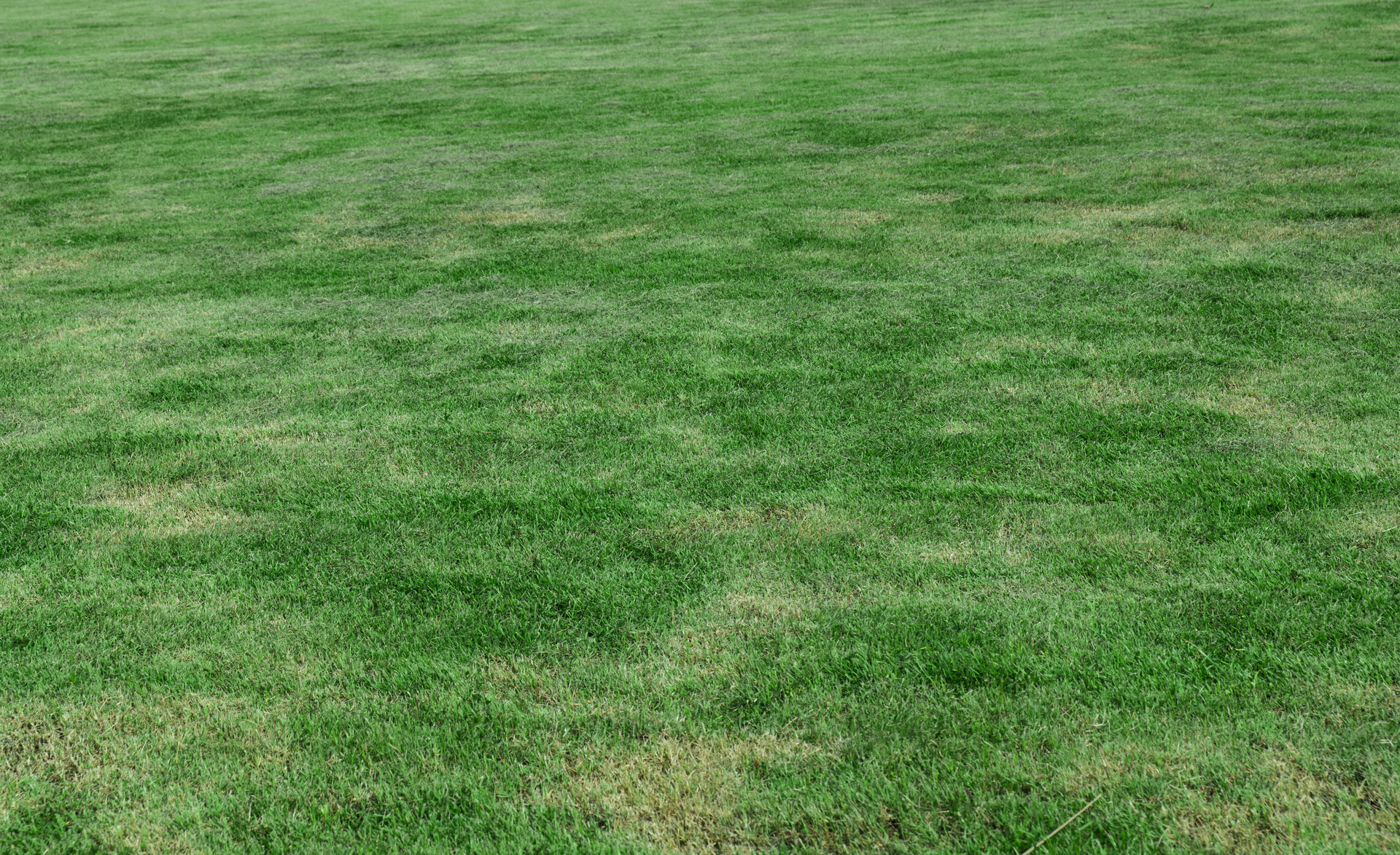Humidity is often thought of in terms of comfort, but its role in pest activity is far more significant than most homeowners realize. Moist environments are ideal breeding grounds for many of the pests that invade homes and commercial properties. From ants and cockroaches to termites and rodents, high humidity creates the perfect storm for infestations to thrive. Understanding the link between moisture and pest behavior is a key factor in developing a proactive pest control strategy that works year-round.
Whether you live in a humid climate or are dealing with moisture buildup indoors, paying attention to humidity can help reduce pest pressures before they escalate. Here’s how humidity plays into pest proliferation and what steps can be taken to keep your property protected.
How Humidity Encourages Pest Activity
Moisture acts as a magnet for pests. Many species require damp environments to survive, reproduce, and build colonies. In nature, this often means shaded, moist soil or rotting wood. In homes, it means crawl spaces, basements, bathrooms, attics, and anywhere ventilation is poor.
When humidity levels rise, so does the activity of common pests. Moisture not only hydrates insects and rodents but also softens wood and weakens insulation, making it easier for them to burrow or nest. Excess humidity also contributes to mold and mildew, which attract other pests that feed on organic matter or the organisms that break it down.
This makes pest control much more challenging when humidity is left unchecked. While temporary fixes like sprays may reduce visible pests, the root cause often lies in moisture control.
Common Pests Attracted to Moisture
Many of the pests that infest homes across Texas are moisture-dependent. Here are the most common culprits that take advantage of elevated humidity:
- Cockroaches: Thrive in damp environments like under sinks, inside walls, and around plumbing fixtures.
- Termites: Especially subterranean species, rely on moist wood and soil to build mud tubes and expand colonies.
- Ants: Particularly odorous house ants and carpenter ants are drawn to leaky pipes, wet wood, and food sources in damp areas.
- Rodents: Seek out cool, humid spaces to nest, often chewing through insulation and wiring in the process.
- Silverfish: Love steamy bathrooms, laundry rooms, and basements where moisture levels stay high.
Left untreated, these pests can cause structural damage, contaminate food, and compromise indoor air quality. Routine inspections and managing humidity are essential first steps toward effective long-term control.
The Role of Moisture in Hidden Infestations
While some pest activity is visible, many moisture-attracted pests remain hidden in areas homeowners rarely inspect. Attics, crawl spaces, and behind appliances often harbor pests due to consistent humidity and darkness. Over time, what starts as a small problem can grow into a full-blown infestation without clear warning signs.
Pests that depend on humid conditions tend to reproduce quickly. For instance, cockroach eggs can hatch in just a few weeks when moisture is abundant. Termite colonies can grow undetected within wet wall voids, feeding on wooden structures and causing thousands of dollars in damage before visible signs emerge.
The challenge is that DIY solutions rarely address these hidden breeding grounds. Proper pest control includes locating and eliminating moisture sources, not just treating the visible symptoms.
Humidity, Pest Control, and Property Management
For property owners and managers, humidity is more than a comfort issue, it’s a liability concern. Whether managing single-family homes or commercial spaces, unaddressed moisture problems can lead to tenant complaints, damage claims, and expensive repairs.
- Pests reduce tenant satisfaction: Infestations often result in negative reviews, high turnover, and reputational harm.
- Structural damage accumulates quickly: Moisture-driven pests can undermine drywall, flooring, and framing materials.
- Maintenance costs increase: Delaying pest control services often means higher costs for remediation later.
Addressing moisture early is a key component of maintaining a safe and healthy property. This aligns with the larger importance of pest control in property management, where prevention is always more cost-effective than correction.
How Regular Maintenance Helps Regulate Humidity and Pests
Ongoing pest control isn’t just about what’s visible, it’s about controlling the environment pests rely on to survive. By scheduling consistent service, homeowners and property managers can stay ahead of moisture-prone conditions and seasonal changes that drive infestations.
- Regular inspections identify leaks, drainage issues, or signs of pest entry before major problems develop.
- Humidity control recommendations help keep spaces dry, discouraging breeding and nesting behavior.
- Targeted treatments based on current conditions offer safer, more effective results without overusing pesticides.
These benefits are central to the advantages of routine pest control maintenance, especially in regions with fluctuating weather patterns and high humidity during parts of the year.
Don’t Let Moisture Open the Door to Pests
Moisture control is more than a comfort measure, it’s a frontline defense in your pest control strategy. To get expert support in keeping your home or property dry, secure, and pest-free, contact Fullscope Pest Control for a customized plan built around your unique needs.




